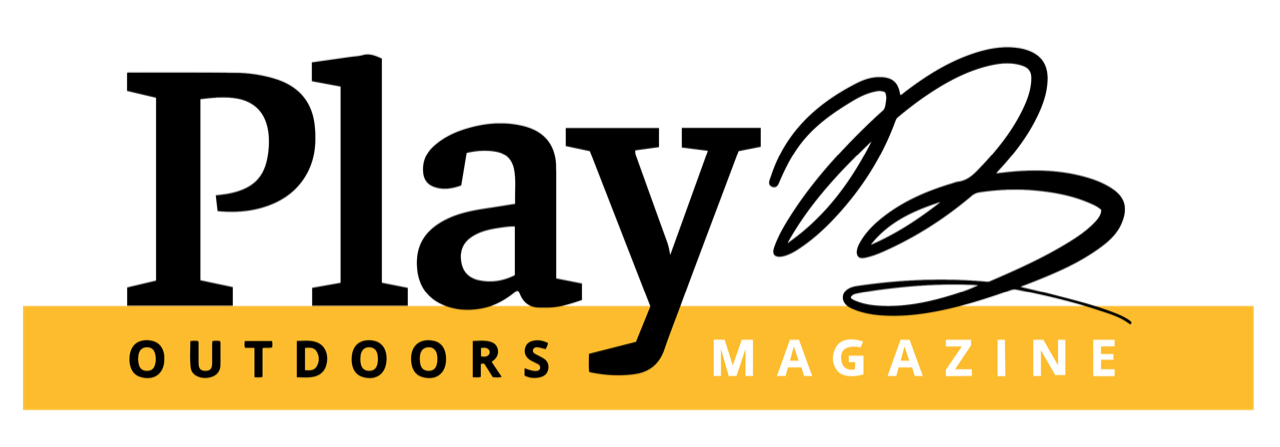Adults may view puddles as a place for children stomp their feet, splash, giggle, and of course get wet and dirty. But, for children, a puddle is more than a puddle – it is a learning lab for exploration and discovery. Why? Because puddles ignite children’s natural curiosity. As outlined in Figure 1 below, puddles naturally attract children to explore, experiment, discover and create new knowledge. From a development perspective, puddles are one the richest experiences that contribute to children’s brain development. Puddles offer children a place to figure what they can do, what they see, and how they can change water flow. As they experiment more intensively with the features of the puddle through observation and using their bodies to touch, step, and jump, they learn that their movements influence the height and width of the splashes and the flow of the water. These discoveries lead children to advance their problem solving and critical thinking skills through more extensive exploration.

Figure 1 – How Puddles Contribute to Children’s Development
Puddles are places for children collect, process, and interpret information about their environment. They learn about how their body actions manipulate and influence how water flows. Puddle are a natural place for children to gain foundational skills related to STEM (Science, Technology, Engineering and Math) principles, which in turn, are necessary for later academic skills. The bigger the puddle to experiment with, the more investigative options available to children.
Think of puddles and then examine the list of discoveries that children may make during puddle play.
· The harder the jump, the higher the splash;
· The higher the splash, the wider the water sprays;
· The more concentrated the water, the more opportunities to make waves, see shadows and rainbows;
· The gentler the splash, the lighter the water feels on one’s body;
· The lighter the splash, the more prominent the rain drops;
· The softer the jump, the more water that gathers on the perimeter of the puddle;
· The more water that gathers on the perimeter, the more patterns, shadows, reflections, and waves that can be observed and manipulated;
· When feet or hands block some of the water flow, the higher the incidence of predicting what will happen in those spots;
· When fingers are used in different ways at the water source, the more that is learned about how to control water flows and how hand movements influence water flows;

· The more experimentation that is done with the water flow, the deeper the thinking, the more ideas that are formed, and the more creative thought that evolves;
· The more testing that takes place, the more theorizing that is developed;
· The more time spent exploring the puddle, the more in-depth concentration skills and attention span developed; and
· The more experience with puddles, the more knowledge developed about cause and effect and properties of water is developed.
In addition to the STEM principles, puddles are a place for new vocabulary and rhythm necessary for phonemic awareness skills. Think about these puddle related words – splash, swirl, shallow, mist, dribble, ripples, murky, evaporate, scummy, and wading. What other words might children be introduced to through puddle play?
In essence, think about how puddle play, offers children skills and knowledge in:
· physics (flow, motion)
· chemistry (solutions, cohesion)
· mathematics (measurement, equivalence, volume)
· engineering (how things work, compare, solutions).

In conclusion, puddles provide children with play experiences that contribute to:
Interested in reading more about the magic of puddle play? Watch for the article A Snapshot of a Mud Puddly Day by Kayla Mauricio & Mavis Lewis-Webber in the augural Spring issue of Play Outdoors: Exploring Outdoor Experiences in the Early Years coming in March 2021.

